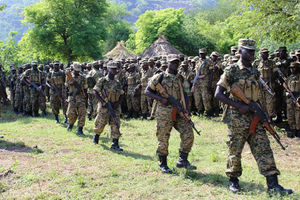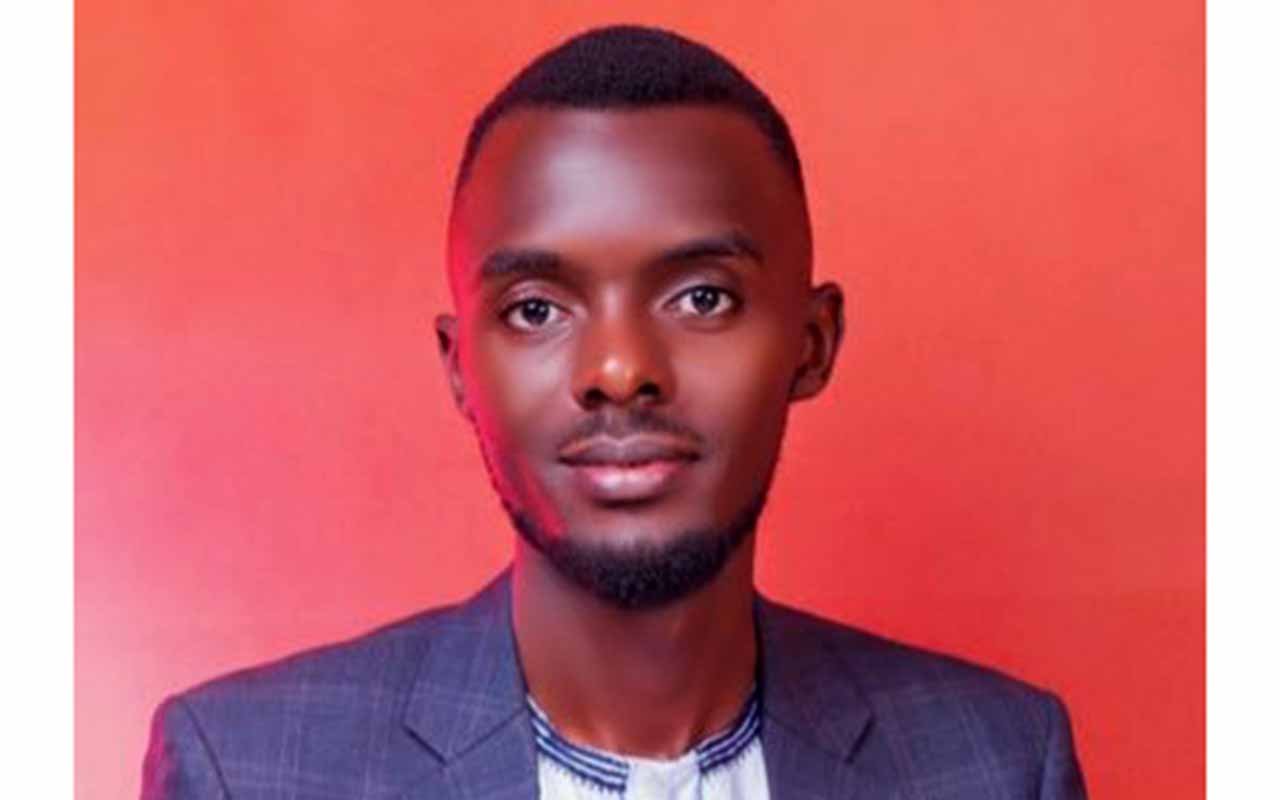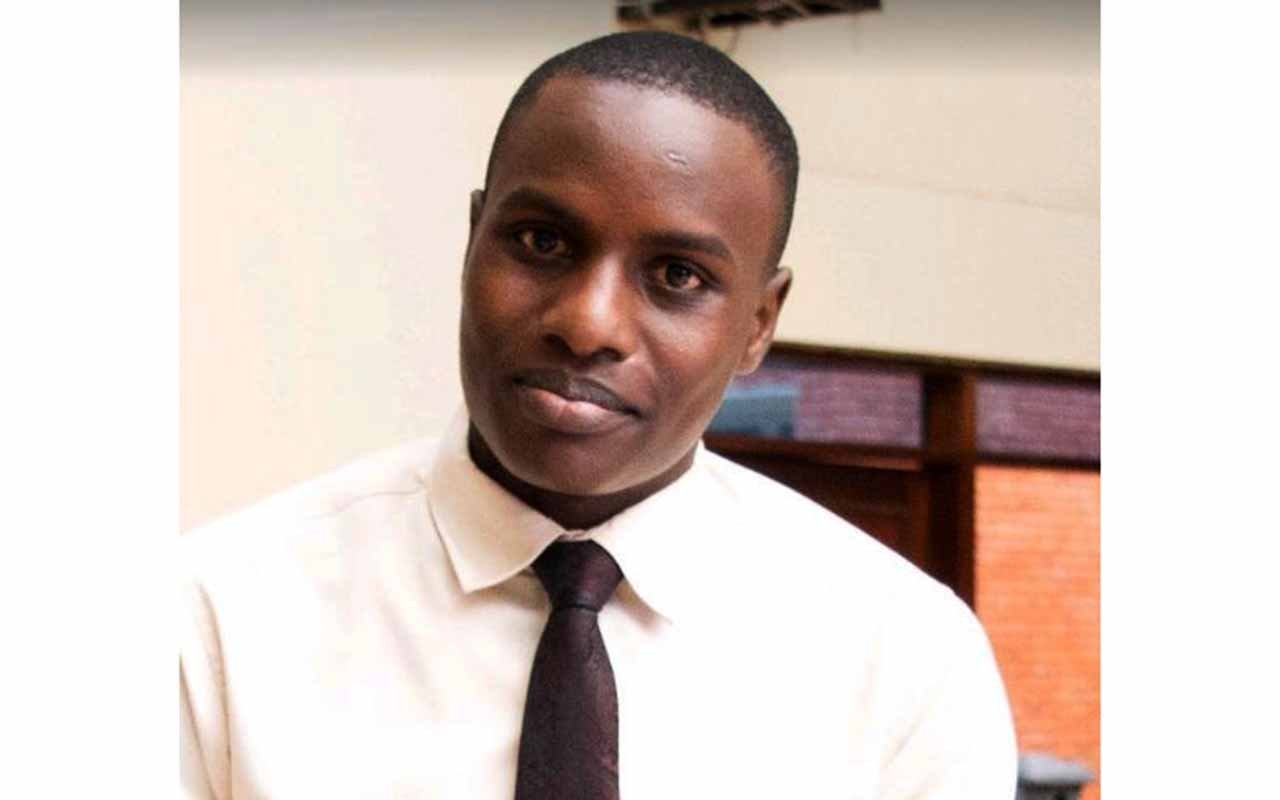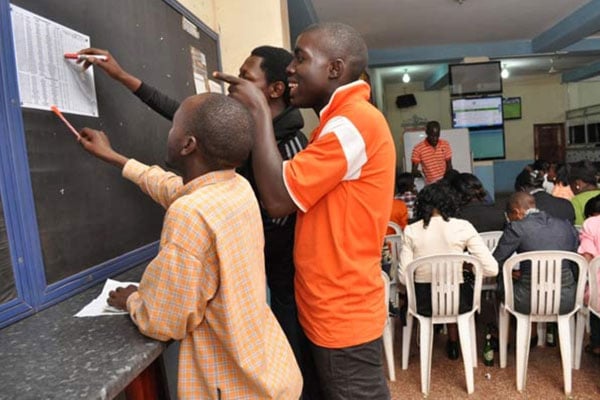
Mr Charles Onyango-Obbo
For this financial year, Uganda is staring at a budget deficit of at least Sh40 trillion. Additionally, 62 years after independence and soon 39 years after President Yoweri Museveni and the National Resistance Movement (NRM) took power, Uganda relies heavily on donor funding for the health sector, with a whopping 85 per cent of the health budget for the financial year 2024/2025.
Until this year’s budget, Uganda received at least Sh3 trillion in foreign aid. The Ugandan is throttled by rank corruption, and its politics festering in rot. In the euphoria era of the 1990s, not even critics, except a handful of deeply cynical UPC men like Prof. Kagenda Atwooki, would have foreseen any of this.
It was the start of April 1998. The World Bank and IMF announced their decision to make Uganda the first country to receive final debt relief under the Heavily Indebted Poor Countries (HIPC) debt initiative.
As a result, Uganda didn’t have to pay US$650 million (today equivalent to $1.24 billion – USh4.6 trillion - based on an annual inflation rate of 2.5 percent).
Uganda first got a small debt relief in 1991, then a notable one in 1992 with a 33 percent reduction of its debt by its creditors in the Paris Club. As a result of a series of debt forgiveness our debt was just 21 percent of our exports, and small change as a percentage of GDP. Yet here we are today, with debt relative to GDP of nearly 50 percent.
That all didn’t just drop on Museveni and the NRM government’s laps. There had been major sacrifices made in the hard economic and state reforms that started in early 1989. Uganda was, in many ways, a guinea pig for these models, because hardly any other African country had the courage to mount similar reforms. Debt forgiveness and HIPC were essentially crafted in Kampala. In much the same way, the idea of “trade instead aid”, was largely a child of President Museveni, and what eventually became the US African Growth and Opportunity Act (AGOA).
This history is important because in October 1993 Japan launched the first Tokyo International Conference on African Development (TICAD) giving birth to the flood of African Summits that followed. The star of TICAD I was a leader touted as the great reformist and a visionary of the time; Museveni!
Ahead of TICAD, Emmanuel Tumusiime-Mutebile (RIP), then Secretary to the Treasury, sent to me at the Monitor offices on Dewinton Street an envelope marked “URGENT”. Inside was a publication that declared that the Ugandan economy was not only the most reforming but the freest in “the world”.
At the political level, there was a significant development. The rebellion in Teso had just ended. However, rebellion raged in the north. The impact of both was very different because being East-facing toward Kenya, and because it was an important food and beef basket after the 1979 anti-Amin war from Tanzania had disrupted production in Ankole and Buganda (and the latter having been further hit in the Luwero war) the rebellion in Teso had a greater effect on the economy.
Collectively, though, the war in both Teso and the North had an unlikely positive effect. They made the Museveni government better. Wanting to prevent any national defection to the rebels, it governed well and was diligent in keeping the economy ticking.
The end of the main part of Joseph Kony’s LRA rebellion in the north in 2002 was the best thing to happen to the region in decades. But it was also a national disaster, because the NRM lost its discipline, became sleazy, and went down into the sewer. It could afford to; the cost of failure was no longer high. The rebels needed to be defeated, for them to “win”.
So, we became like the prodigal son in the gospel of Luke. We got our inheritance, squandered it in excesses, and with nothing left of the fortune, we have returned to beg for food from our father’s granary.
We end in Teso for it tells us how far down we have fallen. Late in the conflict, a young commander in the NRA (it wasn’t yet UPDF) was posted to the war zone. His name was Geoffrey Muhesi. Muhesi was so enlightened with his aggressively civilian-friendly counter-insurgency, that parents whose children had been in rebellion and wanted to surrender would hide in bushes and wait for him when he was driving by and hand them to him. There were stories of young people surrendering in their numbers and chasing after Muhesi’s convoy. Imagine a Muhesi Teso approach ahead of the 2016 Kasese massacre, or the slaughter of Bobi Wine’s People Power supporters in Kampala in 2021. The death of that enlightenment, explains our predicament.
Mr Onyango-Obbo is a journalist, writer and curator of the “Wall of Great Africans”.
Twitter@cobbo3








